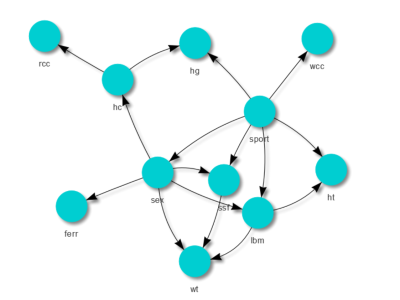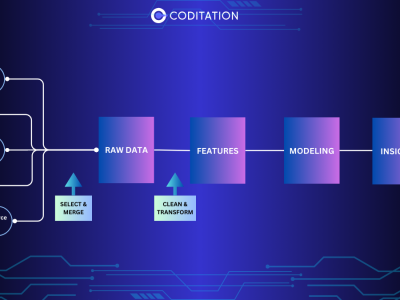In software testing, efficiency isn’t about doing more—it’s about doing smart. Picture a master chef testing different combinations of ingredients to perfect a dish. Instead of trying every possible mix (which would take forever), they rely on patterns that reveal the best outcomes with fewer trials. In the same way, Orthogonal Array Testing empowers testers to achieve high test coverage with minimal test cases—an elegant blend of mathematics and intuition.
This statistical approach, rooted in the design of experiments (DoE) methodology, helps teams detect faults quickly while conserving time and resources.
Understanding the Logic Behind Orthogonal Arrays
Imagine trying to test a smartphone app that runs on five devices, three operating systems, and four network conditions. The number of possible combinations would quickly become unmanageable. Orthogonal arrays act like a clever shortcut—they select representative combinations that reveal the same insights as testing everything.
Each “array” is a carefully constructed grid that ensures all factor combinations are covered evenly. This allows testers to identify issues without exhaustively testing every scenario.
Professionals learning through a software testing course in Pune often encounter orthogonal arrays early on. The concept teaches them how to balance depth and breadth in their test design—a vital skill for managing complex systems efficiently.
The Statistical Symphony of Testing
Orthogonal Array Testing is not guesswork; it’s a systematic orchestration. Each factor (like browser type, OS, or input data) becomes a note in the larger symphony of testing. When aligned properly, these notes create harmony—a complete yet concise representation of all possible combinations.
By applying statistical logic, testers can determine which combinations to test and how many tests are enough to expose major defects. This not only reduces redundancy but also enhances confidence in the system’s performance across variables.
For instance, in a web application where performance depends on both browser type and memory allocation, orthogonal testing can pinpoint the optimal configurations without trial and error.
From Theory to Real-World Application
What makes orthogonal array testing powerful is its practical adaptability. It’s used in industries ranging from aerospace to e-commerce—any field where multiple factors interact unpredictably.
Let’s say an e-commerce platform must validate its checkout process across various payment gateways, discount codes, and device types. Instead of performing hundreds of repetitive tests, a well-designed orthogonal array ensures all critical interactions are covered with a fraction of the effort.
Hands-on exposure in a software testing course in Pune helps learners apply these principles directly to real-world projects. By designing their own orthogonal test sets, they learn how statistical coverage translates to tangible efficiency in quality assurance.
Benefits That Go Beyond Numbers
While orthogonal array testing is mathematical in nature, its true value lies in time savings and strategic clarity. Testers can focus on what truly matters instead of drowning in an ocean of redundant cases.
The benefits include:
- Higher defect detection rate: Since combinations are intelligently chosen, defects that appear in edge cases are more likely to surface.
- Reduced execution time: Fewer test cases mean faster cycles and lower costs.
- Improved confidence: Statistical assurance that test coverage is representative of all scenarios.
In fast-paced Agile and DevOps environments, this efficiency aligns perfectly with the demand for rapid, high-quality releases.
Challenges in Implementation
Despite its advantages, orthogonal array testing isn’t a plug-and-play method. Designing arrays requires a sound understanding of both testing principles and statistical design. Misidentifying key factors or overlooking dependencies can lead to incomplete coverage.
Moreover, in systems driven by machine learning or adaptive algorithms, factors are often nonlinear—making it trickier to model with traditional orthogonal arrays. However, with evolving tools and automation frameworks, these challenges are becoming more manageable.
Conclusion
Orthogonal Array Testing proves that smart testing trumps exhaustive testing. It offers a roadmap for testers to achieve maximum fault detection with minimal effort, guided by data-driven principles rather than guesswork.
For aspiring professionals, mastering advanced methodologies is crucial for standing out in the competitive field of software quality engineering. Enrolling in a course provides a solid foundation for applying statistical testing strategies in real-world scenarios, guaranteeing both accuracy and efficiency.
In the end, orthogonal array testing isn’t just about mathematics—it’s about mastering the art of balance. By choosing the right combinations to test, you learn to see patterns in complexity and find simplicity amidst chaos—the mark of a true software tester.








Comments